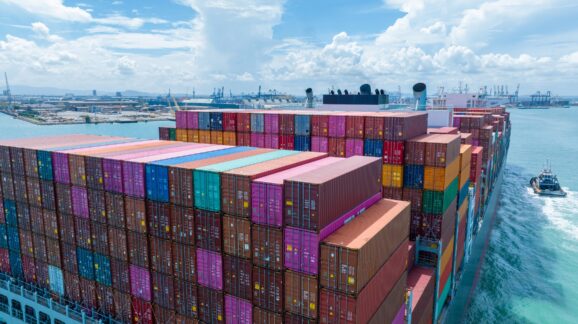More thought goes into a coffee order than tariff rates

Photo Credit: Getty
Tariffs are the hot new trend in Washington, and neither party can get enough. In the month of May alone, the Biden administration announced new tariffs across a litany of different sectors, including a tariff hike to 25% on steel and aluminum, tariffs on EV imports going from 25% to 100%, and a 25% tariff increase on semiconductors. The Trump campaign promoted a 10% tariff on all imports as well as a 100% tariff on goods of Chinese origin. The question more people need to ask is where do these figures come from? Is a 25% steel tariff the most prudent rate, or is it just a figure thrown out by a staffer months ago and never questioned again?
Tariffs affect many people’s lives in serious ways. They can shift entire industries and make certain goods completely unaffordable for lower income consumers. With the stakes this high, politicians must take great care to ensure that tariff rates are optimized. Instead, politicians seem to assign the rates entirely arbitrarily. The White House’s May 14th press release announcing its tariffs made many claims about protecting jobs, onshoring factories, and even curbing inflation. However, it gave little to no explanation of how it determined proper tariff rates or how these new tariffs would achieve these goals.
At the scale of the $26 trillion United States economy, even a fraction of a percentage change in a tariff rate can cost tens of millions of dollars. Politicians must have an explanation as to why their tariff rates are 25% instead of 20%. Such a difference may have a minor effect on polling data or on reelection results, but it costs consumers and businesses billions of dollars. And, as tariffs are regressive, new tariffs will harm America’s poor in particular.
Neither Katherine Tai, the current United States Trade Representative, nor her predecessor Robert Lighthizer care to comment on how they calculated these rates. Their reticence is nothing new. The Harmonized Tariff Schedule is where the United States International Trade Commission lays out the tariff rates for all goods imported into the United States. The disproportionate number of round numbers sticks out almost immediately.
I examined fifteen randomly selected chapters covering goods as varied as cotton, pharmaceuticals, and salt. Although there is moderate variance between different categories of goods, when averaged out across the sections round numbers make up roughly 30 percent of column 1 general rates of duty, or the rates for nations under “normal trade relations” with the United States. This alone is far above what the expected portion would be, when assuming a normal distribution, but it rises all the way to 50 percent when including numbers ending in .5. For comparison, round numbers should make up roughly 1 in 10 or 10% and numbers ending in .5 should make up 1 in 100 or a mere 1% of all tariffs.
Column 2 rates of duty, which apply to nations not under normal trade relations with the United States. 90 percent of these tariffs are round numbers. Some might seek to justify this by claiming that these tariffs are meant to be punitive, and so they do not require the same levels of scrutiny. The opposite is true. Many of these tariffs are 25 or 50 percent. But why not 200? Would that not serve as a harsher punishment?
If tariffs are as necessary to American economic health as proponents claim they are, then they should be rigorously calculating these rates until they are finely tuned. Whether due to apathy or laziness, this is not the case as tariff rates are set arbitrarily. Politicians get an easy talking point, and large, inefficient corporations get propped up, while American consumers lose.